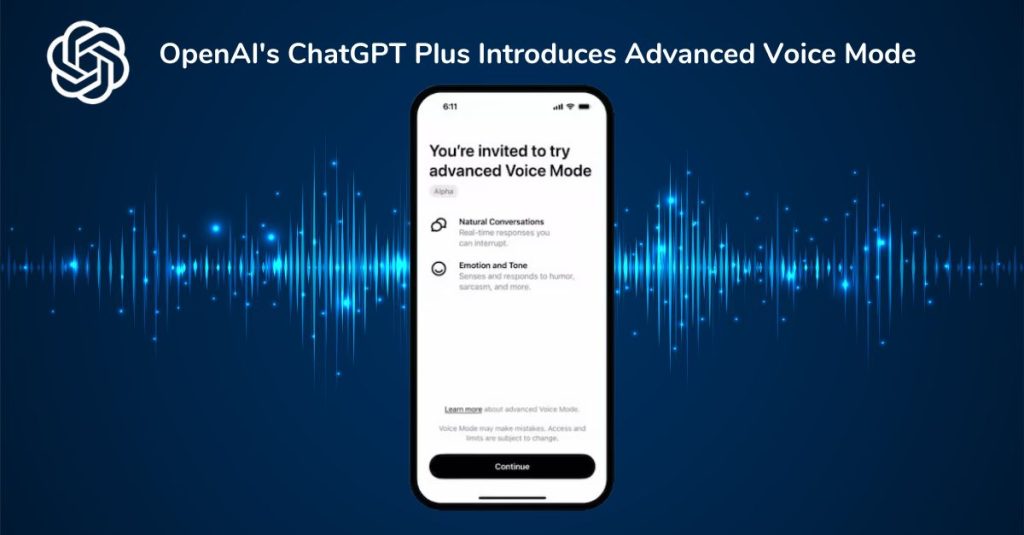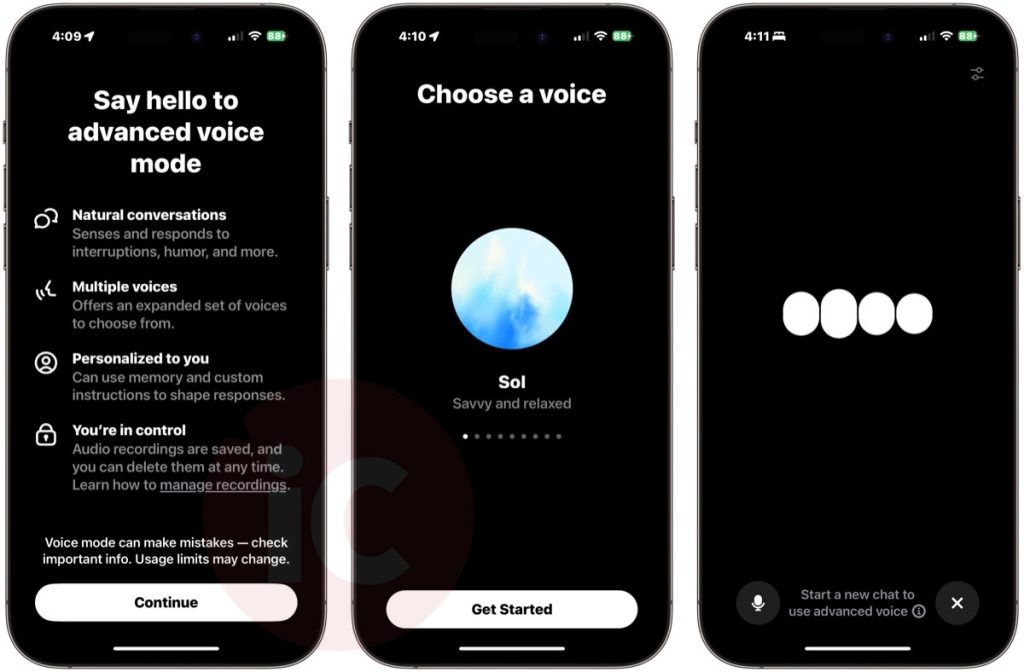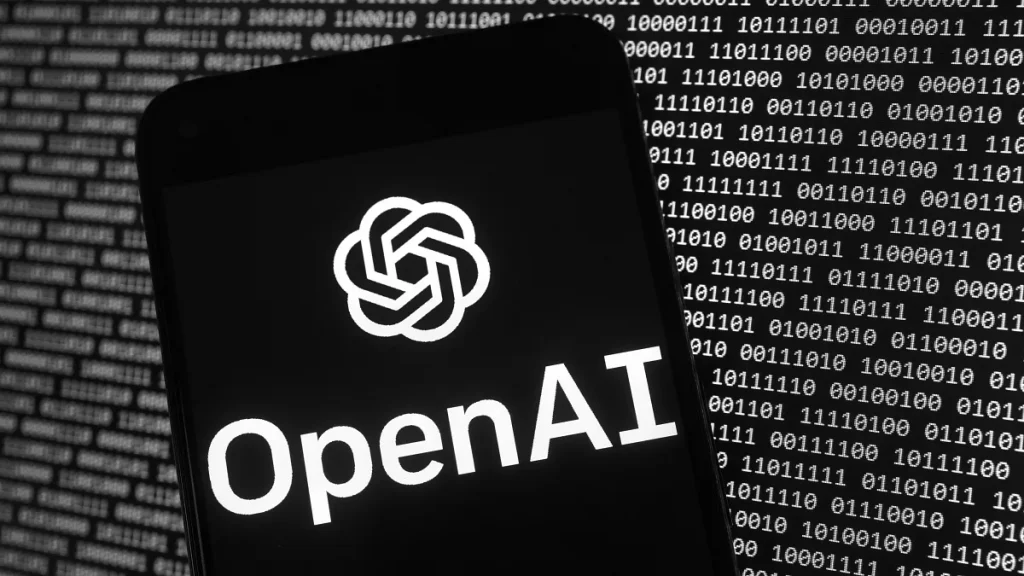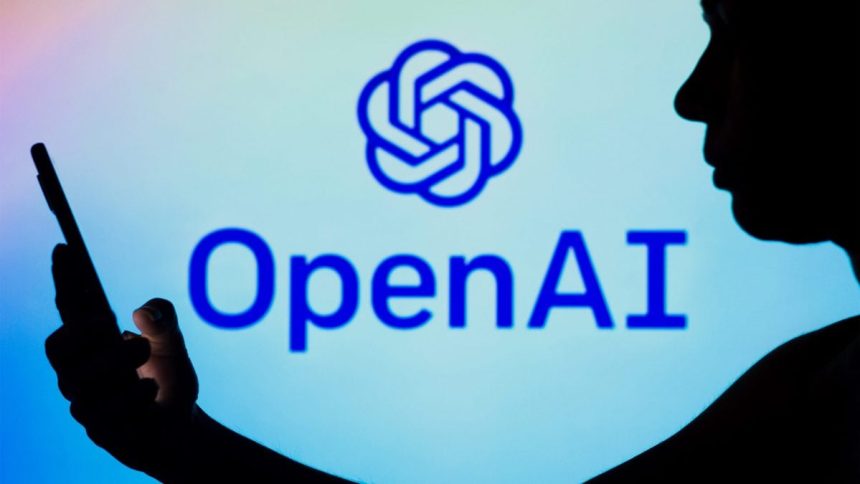Artificial intelligence is evolving rapidly, and OpenAI’s recent release of a new advanced voice model marks a pivotal moment in voice technology. This cutting-edge model pushes the envelope, enabling machines to generate and understand human-like speech with unprecedented accuracy and naturalness. This article delves into the technology behind the model, its key features, and the implications it holds for industries and everyday users.
What Makes OpenAI’s New Voice Model Advanced?
OpenAI’s voice model stands out from previous generations of voice technologies because of its enhanced ability to produce natural, human-like speech that mirrors the complexities of real conversations. By utilizing advanced machine learning techniques, including deep learning architectures and neural networks, the model can mimic intonation, cadence, and emotion more precisely than ever before. This evolution not only improves user experience but also broadens the range of applications where AI voice can be effectively implemented.

The model’s ability to handle more sophisticated and nuanced audio inputs gives it a significant edge over older models. It can discern subtle speech patterns, which makes interactions with AI systems feel more lifelike and authentic. This advancement represents a leap forward in speech synthesis and automatic speech recognition (ASR), key areas in voice technology.
Key Features of OpenAI’s New Voice Model
The new OpenAI voice model is packed with a range of innovative features designed to push the boundaries of what voice technology can achieve. Some of its standout capabilities include:
- High-fidelity voice synthesis: The model produces audio outputs that are virtually indistinguishable from human voices.
- Emotional expressiveness: It can convey different emotions, tones, and subtle speech cues that align with natural human interaction.
- Real-time speech generation: The voice model works efficiently even in real-time applications, ensuring quick response times.
- Multi-lingual capabilities: Support for multiple languages makes this model versatile for global use.
- Scalability: The model is designed to be integrated into a wide range of applications, from smart devices to virtual assistants and automated customer service platforms.

Understanding the Technology Behind the Voice Model
At the heart of OpenAI’s new voice model is deep learning technology. The model relies on transformer neural networks, the same foundational technology that powers OpenAI’s GPT models, but specialized for voice data. The model has been trained on vast datasets of audio samples, allowing it to learn the nuances of human speech in different environments and contexts.
OpenAI employs reinforcement learning from human feedback (RLHF) to fine-tune the model’s performance. This process ensures that the voice generated not only sounds natural but also appropriately responds to the user’s inputs in a way that feels intuitive and coherent.
How OpenAI’s Voice Model Compares to Other Voice Technologies
While companies like Google and Amazon have developed their own advanced voice models (Google’s WaveNet and Amazon’s Alexa Voice Service), OpenAI’s approach leverages its expertise in language modeling to bring a more comprehensive understanding of conversational AI. The ability to not only synthesize voices but also to understand context and deliver more accurate responses sets OpenAI’s model apart from its competitors.

In addition to its technical superiority, OpenAI’s voice model is designed with a strong emphasis on ethical considerations, focusing on reducing bias and improving accessibility for a diverse user base.
Real-World Applications of OpenAI’s Advanced Voice Model
The practical applications of OpenAI’s voice model are vast and span multiple industries:
- Virtual assistants: Enhanced conversational capabilities make this model perfect for improving the functionality of digital assistants like Siri or Google Assistant.
- Customer service: Automated customer support systems will benefit from more natural and personalized interactions, reducing the need for human agents.
- Healthcare: The model can help in areas such as remote diagnosis and treatment, where clear, precise, and empathetic communication is critical.
- Education: AI-powered learning platforms can leverage this model to deliver lessons in multiple languages, making learning more accessible worldwide.
OpenAI Voice Model and Accessibility: A Game Changer
One of the most significant impacts of OpenAI’s voice model is in the field of accessibility. For individuals with disabilities that affect their speech or hearing, this model could provide them with an AI that understands and interacts with them more naturally. The model’s ability to interpret different accents, dialects, and speech patterns broadens its usability across diverse populations.

Security and Privacy Considerations in OpenAI’s Voice Model
Security and privacy are critical concerns in voice technologies. OpenAI has embedded several safeguards to protect user data when utilizing their voice model. End-to-end encryption, data anonymization, and strict consent protocols ensure that users’ voice data remains secure and private. Additionally, OpenAI is transparent about the data used for model training and allows for user opt-out options to maintain ethical AI practices.
Voice Synthesis Accuracy and Naturalness
The model’s accuracy in replicating human voice is driven by its high-resolution training data, which captures minute variations in speech. This level of detail ensures that synthesized speech is not only intelligible but also emotionally resonant, making AI interactions feel more human-like. OpenAI’s voice model can adjust for differences in speech caused by accents, age, or health conditions, further enhancing its versatility.
Challenges in Training OpenAI’s Advanced Voice Model
Developing such a sophisticated voice model comes with significant challenges. One of the primary hurdles is the sheer volume of audio data required to train the model effectively. Ensuring that the training data is diverse and representative of all types of speakers—across languages, accents, and demographics—was crucial for achieving high accuracy.

In the next sections, we will explore more about how OpenAI’s voice model is influencing AI research, its ethical considerations, and its future potential across industries.
FAQs
- How does OpenAI’s new voice model improve over previous voice technologies?
- Can OpenAI’s voice model be integrated into existing AI systems?
- What industries can benefit most from OpenAI’s voice technology?
- How does the voice model handle different languages and accents?
- What are the privacy measures for users interacting with the model?
- Is there any environmental impact in running large-scale voice models?
Conclusion: The Transformative Power of OpenAI’s Advanced Voice Model
OpenAI’s new advanced voice model represents a monumental leap in voice AI technology. Its ability to produce human-like speech, handle complex conversational cues, and adapt to diverse languages and accents makes it a powerful tool for industries looking to innovate. With its focus on ethical development, privacy, and accessibility, OpenAI is not only advancing technology but also ensuring that it benefits society in a meaningful way.



